Learn the Dewey Decimal System
The Dewey Decimal System organizes books in the library. We use the Dewey Decimal System to help us find the books we want or need. Watch the two videos below to learn about the Dewey Decimal System.
In the library, nonfiction books are arranged by number. (Remember: Nonfiction means not made-up. Nonfiction books are informational texts and are usually fact-based.) These numbers are broken down into ten categories using the hundreds, from 000 to 999. The poster below shows the type of information found in each of the ten categories. This poster set provides more information about the types of books found in each group. Look through the poster set. You will see that if you want to find books about dinosaurs, you will look in the 500s. If you want to find books about ghosts, you would look in the 100s.
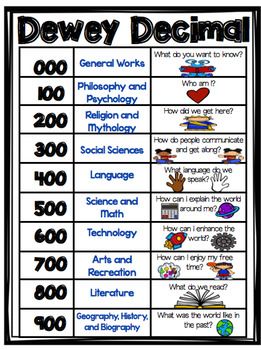
Within each hundred, more specific numbers are used to pinpoint an area of interest or a topic. For interest, if you are interested in Aboriginal Legends, you would look for the Dewey Decimal number 298. (An aborigine is person, animal, or plant that has been in a country or region from earliest times. So, an aboriginal legend is a story about an aborigine.) See the poster below for more examples.
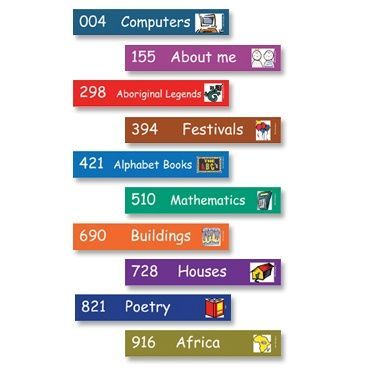
In the library, all the 100 books are shelved together. All the 200 books are shelved together. All the 300 books are shelved together, and so on. You can find each group by looking for signs at the ends of the shelves and at the top of each shelf.
Dewey Decimal numbers often have a decimal point in them. That is why they are called "decimal numbers." The numbers behind the decimal point provide very specific information about where the book should be placed on the shelf. For example, a Dewey Decimal number might be 398.2.
Within each section, the books are shelved in numerical order. So all books with 398.2 would be shelved together, followed by books with the "call number" 398.21, then 398.22, then 398.23, and so on.
Sometimes, many different books have the same call number. For instance, 398.2 is the call number for fairytales. The library has many fairytale books. So how would you find the fairytale book you want? It's easy if you know the author's last name.
Every book has a label on the spine that shows the call number and the first three letters of the author's last name (see the picture below). The spine label has the Dewey Decimal number on top and the first three letters of the authors's last name on the bottom. So first, you look for the Dewey Decimal number. Then you look for the first three letters of the author's last name.
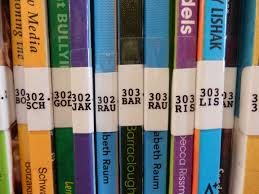
Picture books and chapter books do not use the Dewey Decimal system.
In our library, we call picture books "Everybody" books because they are for everybody to read. All everybody books have an "E" on the spine label. Underneath the E are the first three letters of the author's last name. Everybody books are shelved in alphabetical order based on the author's last name. See the picture below for some examples.
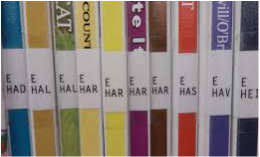
Chapter books are also known as "Fiction". (Remember, fiction means "a made-up story" or "narrative tale".) Fiction books have the uppercase letter F or FIC on the spine label. The first three letters of the author's last name are under the F or FIC. Fiction books are shelved in alphabetical order based on the first three letters of the author's last name.
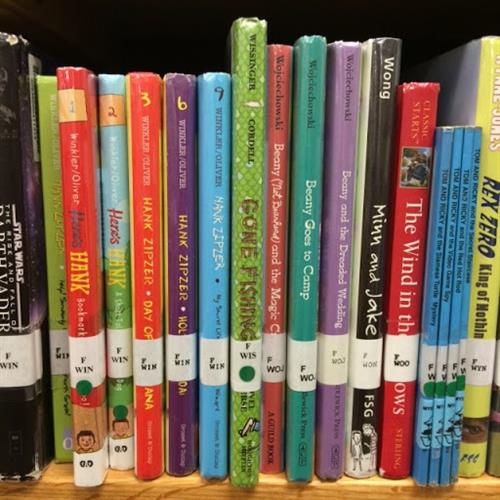
Now, the Dewey Decimal System can be very confusing when you are first learning it. Signs are posted on all of the shelves to help you find the books you want. Don't be afraid to ask for help.



